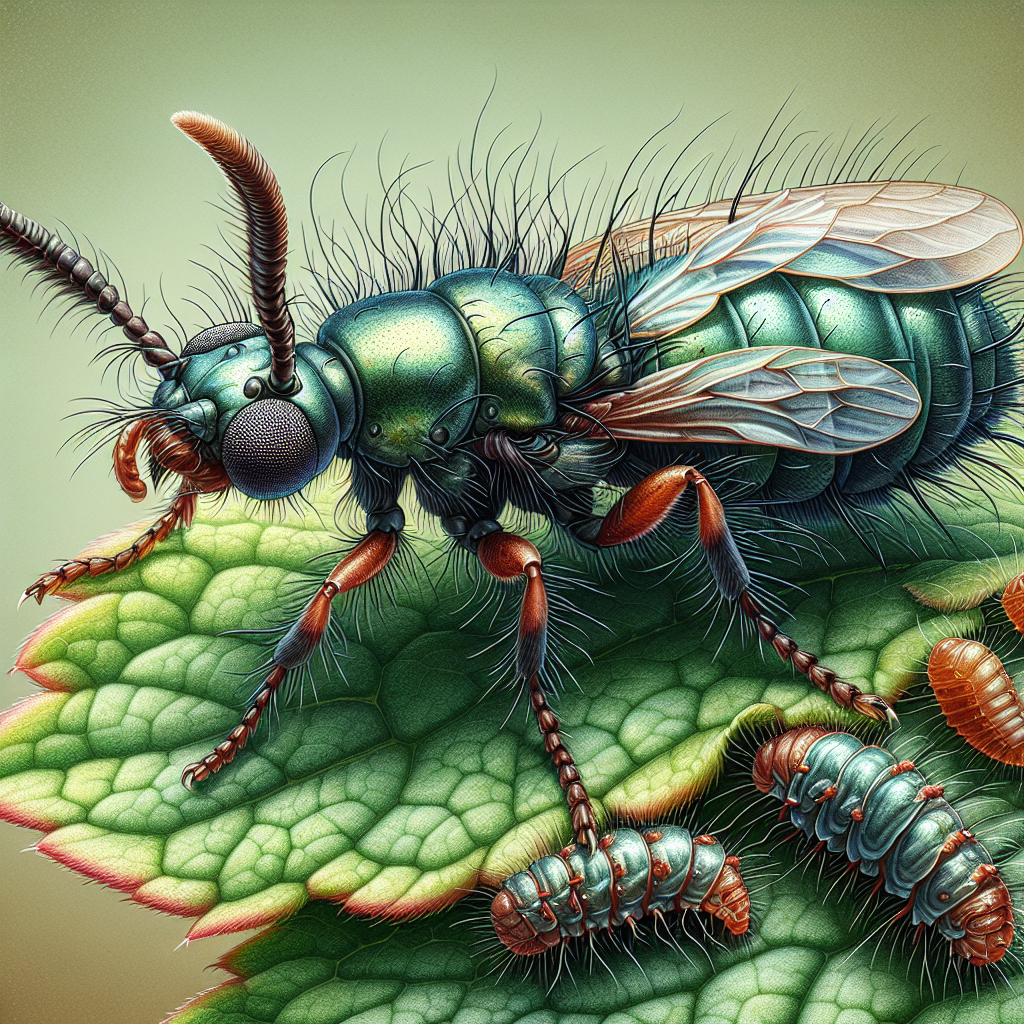Cross-Border Livestock Talks: Tackling the Screwworm Crisis
The U.S. and Mexico are working to resume cattle exports amid the screwworm outbreak. Discussions are ongoing about producing sterile flies to control the pest. Mexico plans to open a sterile fly plant in Chiapas by 2026, with U.S. support, aiming to boost fly production.

Efforts to restart Mexican cattle exports to the U.S. are underway as both nations grapple with a screwworm outbreak, a deadly parasite threatening livestock. Mexican Agriculture Minister Julio Berdegue announced progress in talks with U.S. counterpart Brooke Rollins, although a specific reopening date remains undetermined.
Berdegue revealed plans to implement modular mobile plants across Mexico, potentially increasing sterile fly production by 20 million weekly. These plants would be a novel approach in combating the screwworm threat, targeting parasite reproduction to protect cattle industries on both sides of the border.
Crucially, the U.S. has committed $21 million toward a new sterile fly facility in Mexico's Chiapas state, slated to open in 2026 and produce an anticipated 100 million flies weekly. This strategy aims to curb the parasite by preventing reproduction, with hopeful outcomes observed thus far.
ALSO READ
-
Screwworm Threat Stalls Mexican Cattle Exports
-
Mexico and US Collaborate to Combat Screwworm Outbreak
-
Pushkar Cattle Fair: Where Elite Livestock Add a Priceless Spark
-
Pushkar Cattle Fair: Where Elite Livestock Steal the Show
-
Cattle Trade on the Brink: Mexico and U.S. Seek Agreement Amid Screwworm Crisis









